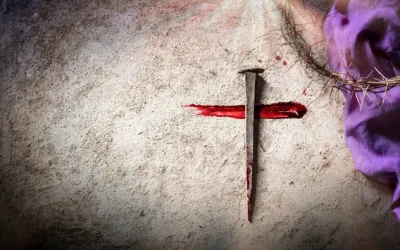Easter commemorates the resurrection of Jesus, as described in the New Testament of the Bible. This is the foundation upon which Christianity is built.
According to the Bible, Jesus was arrested and sentenced to death by Roman authorities, essentially because he claimed to be the “Son of God,” (although historians have suggested that the Romans viewed him as a political threat). Jesus’ death by crucifixion, marked by the Christian holiday Good Friday (the Friday before Easter), and subsequent resurrection three days later is said, by the authors of the gospels, to prove that he was the living son of God.
But despite its significance as a Christian holy day, many of the traditions and symbols that play a key role in Easter actually have roots in pagan celebrations – particularly the pagan goddess Eostre – and in the Jewish holiday of Passover.
Jesus’ arrest and execution occurred during the Jewish observance of Passover. The Last Supper that Jesus shared with his disciples was itself a Passover dinner. Easter eggs came from Anglo-Saxon festivals in the spring to celebrate the pagan goddess Eostre – Easter’s namesake – who represented the dawn in spring, and eggs were buried and eaten during the festival.
To learn more, check out this documentary, “In Search of Easter – the Truth”
https://www.youtube.com/watch?v=p83O6PgvxzE




